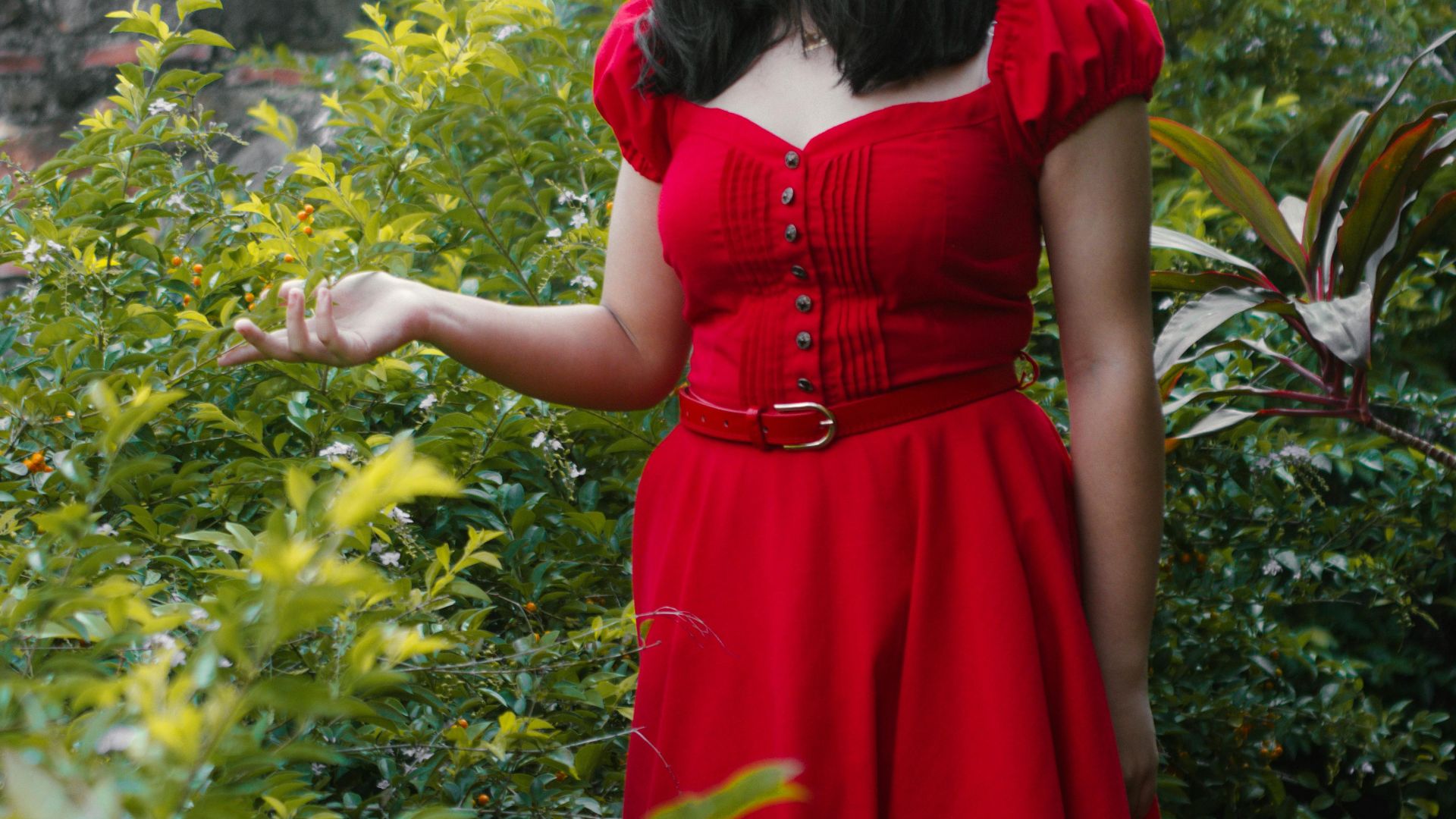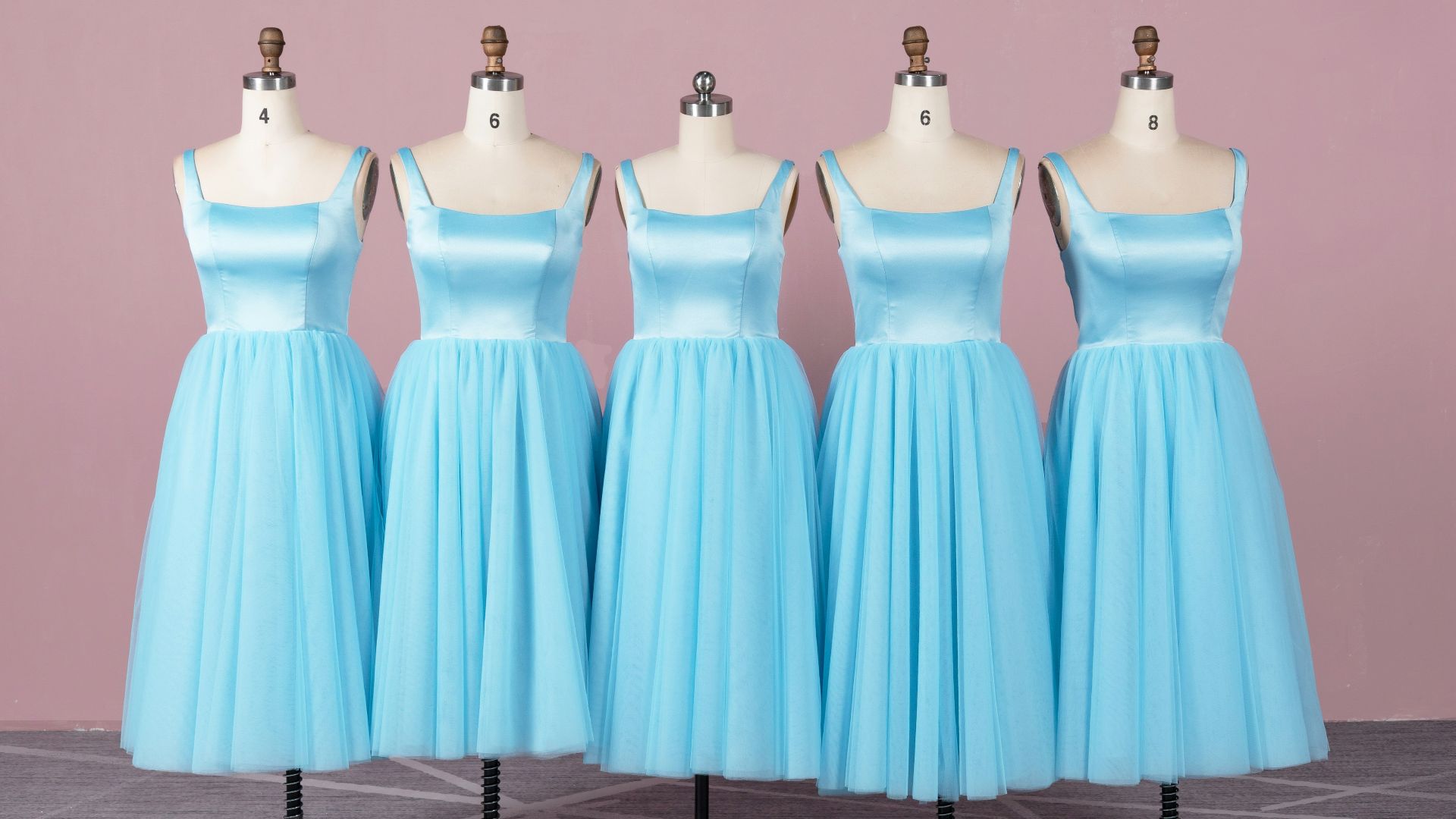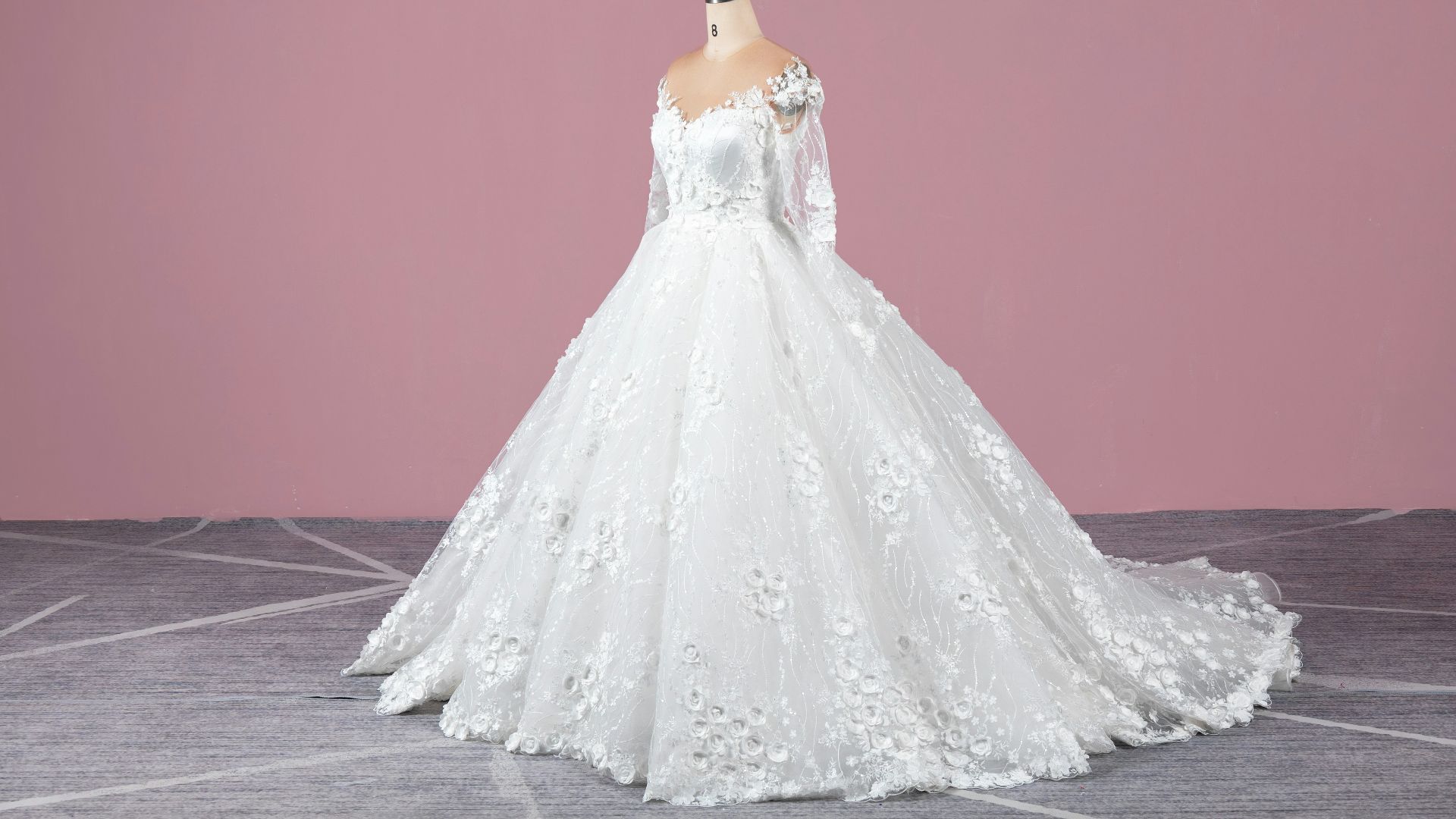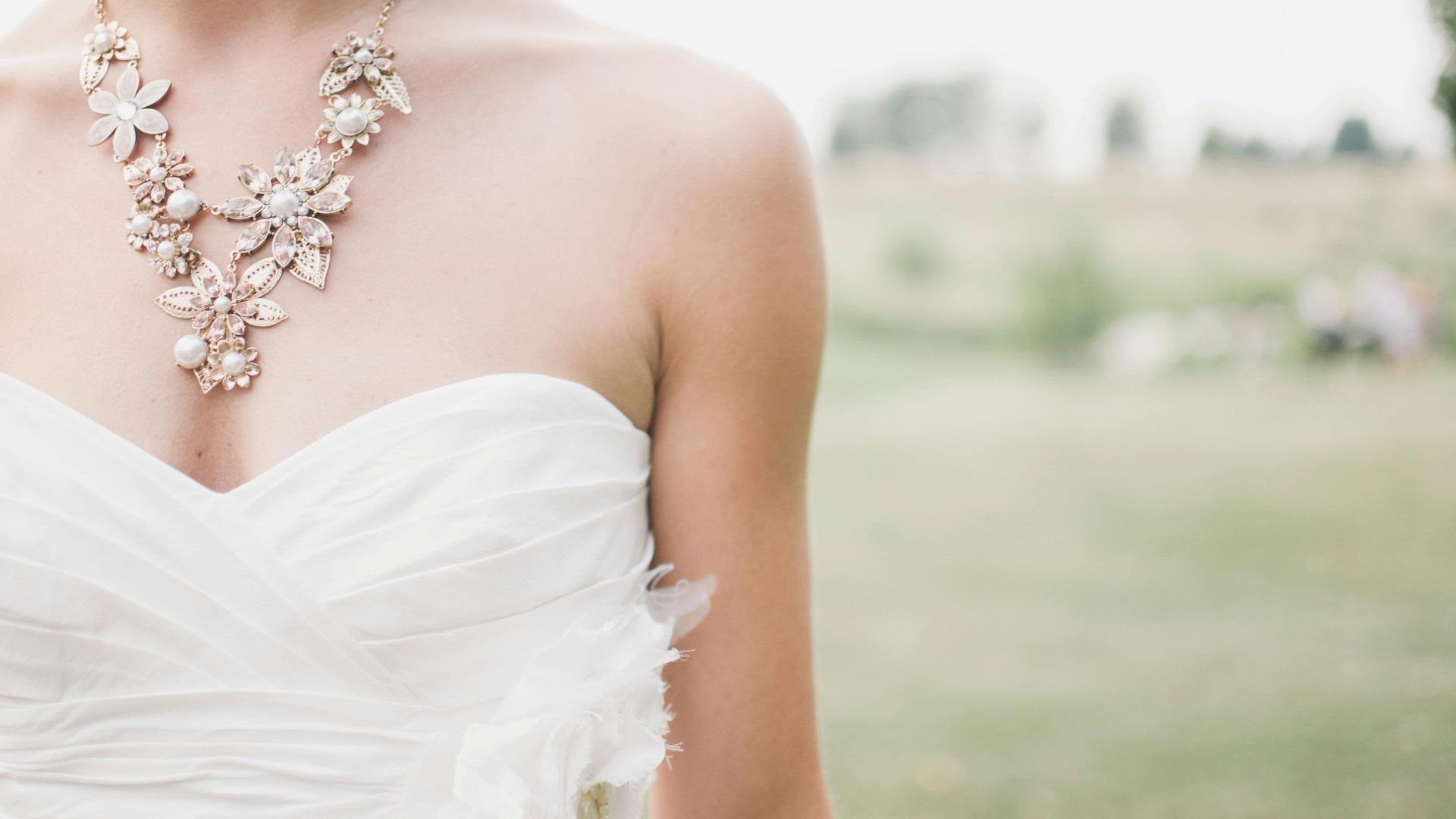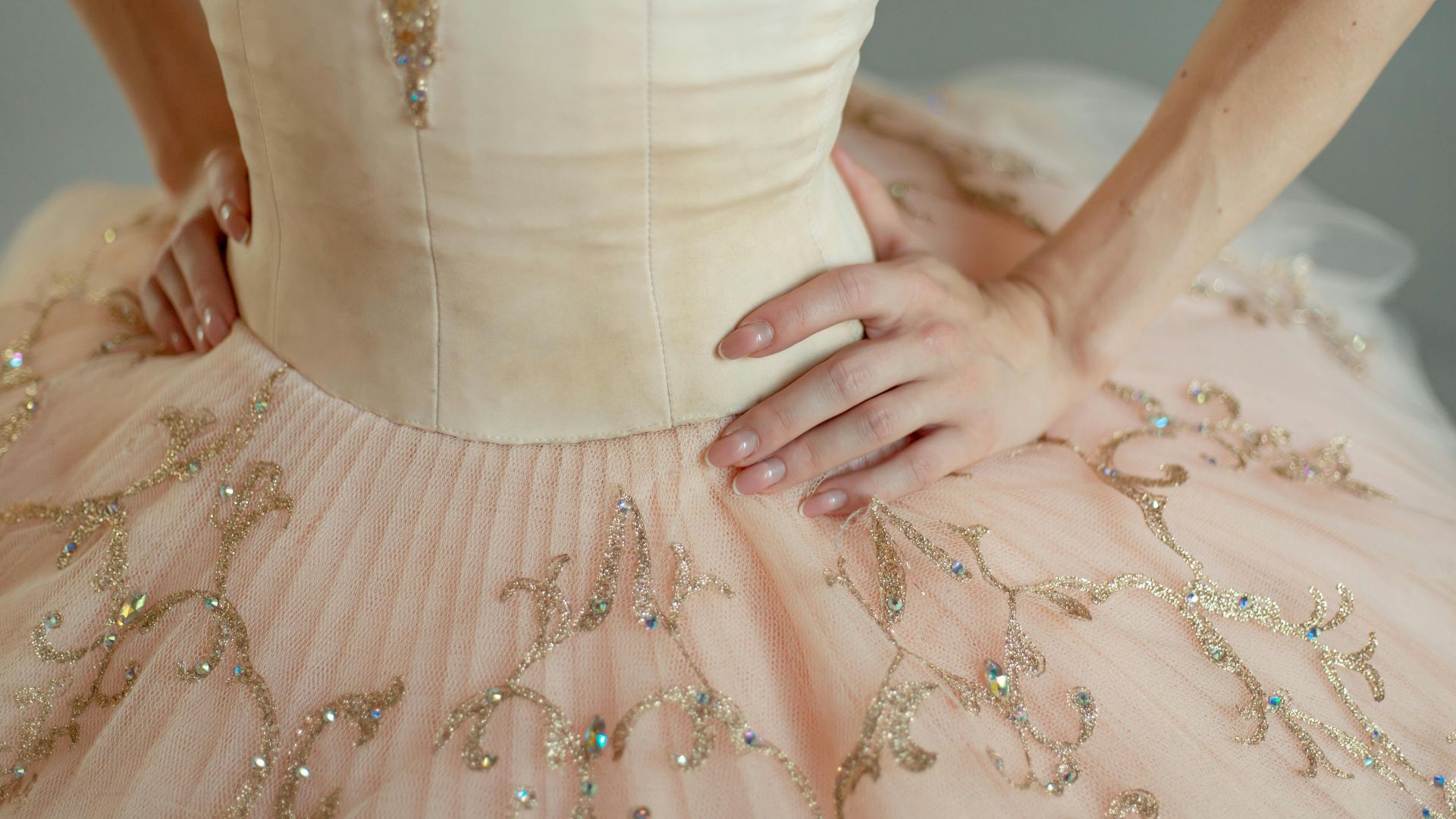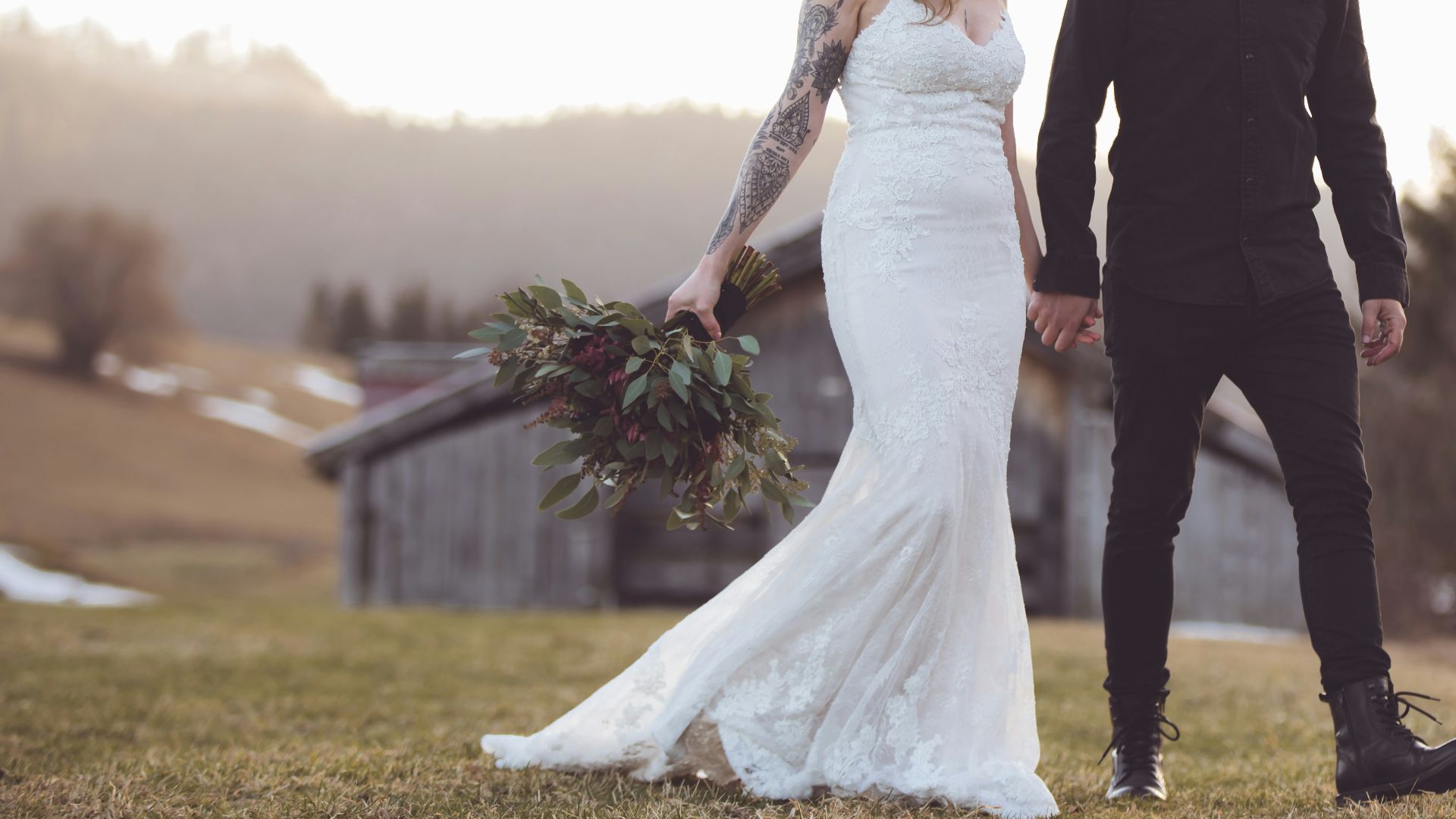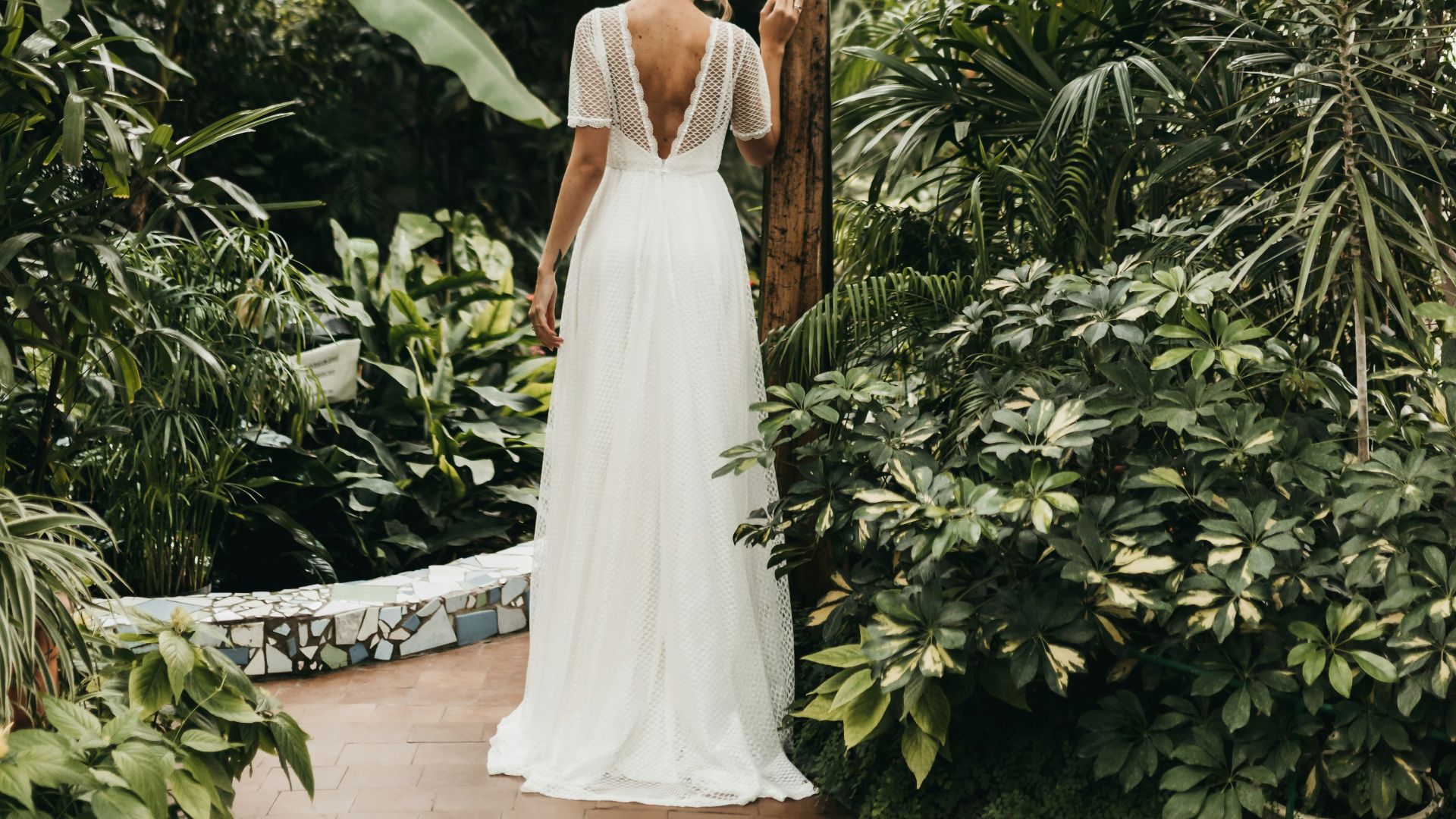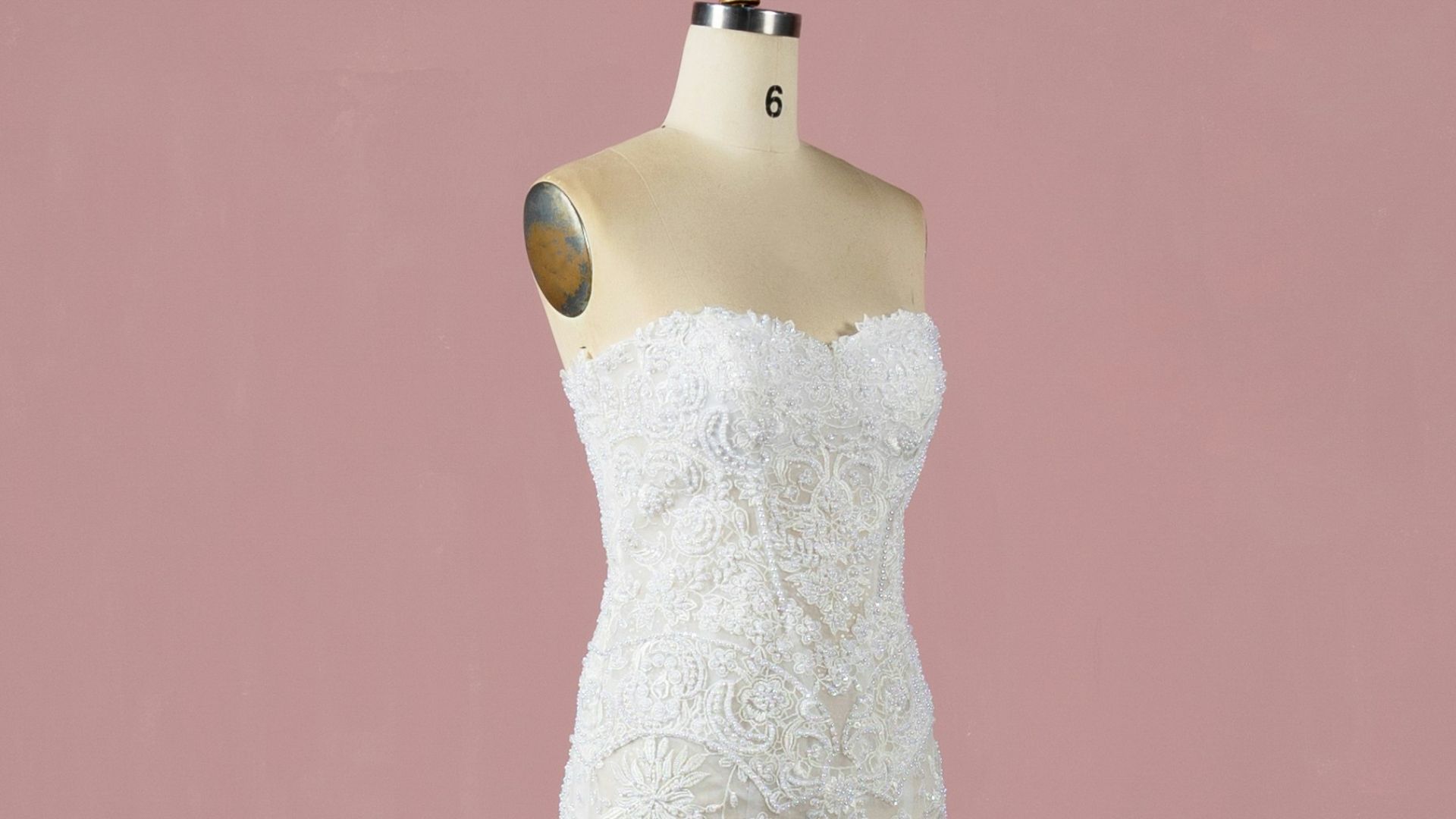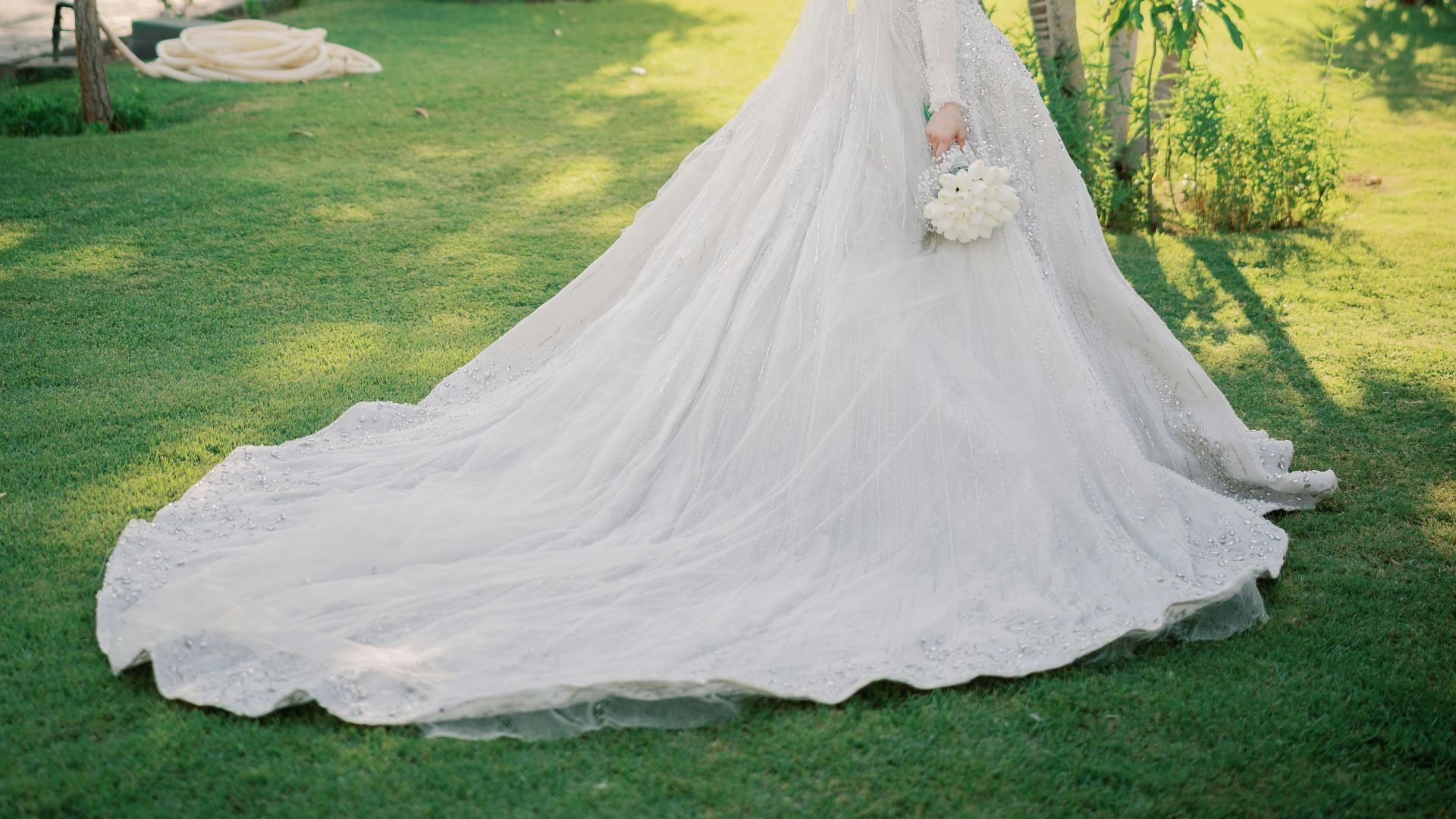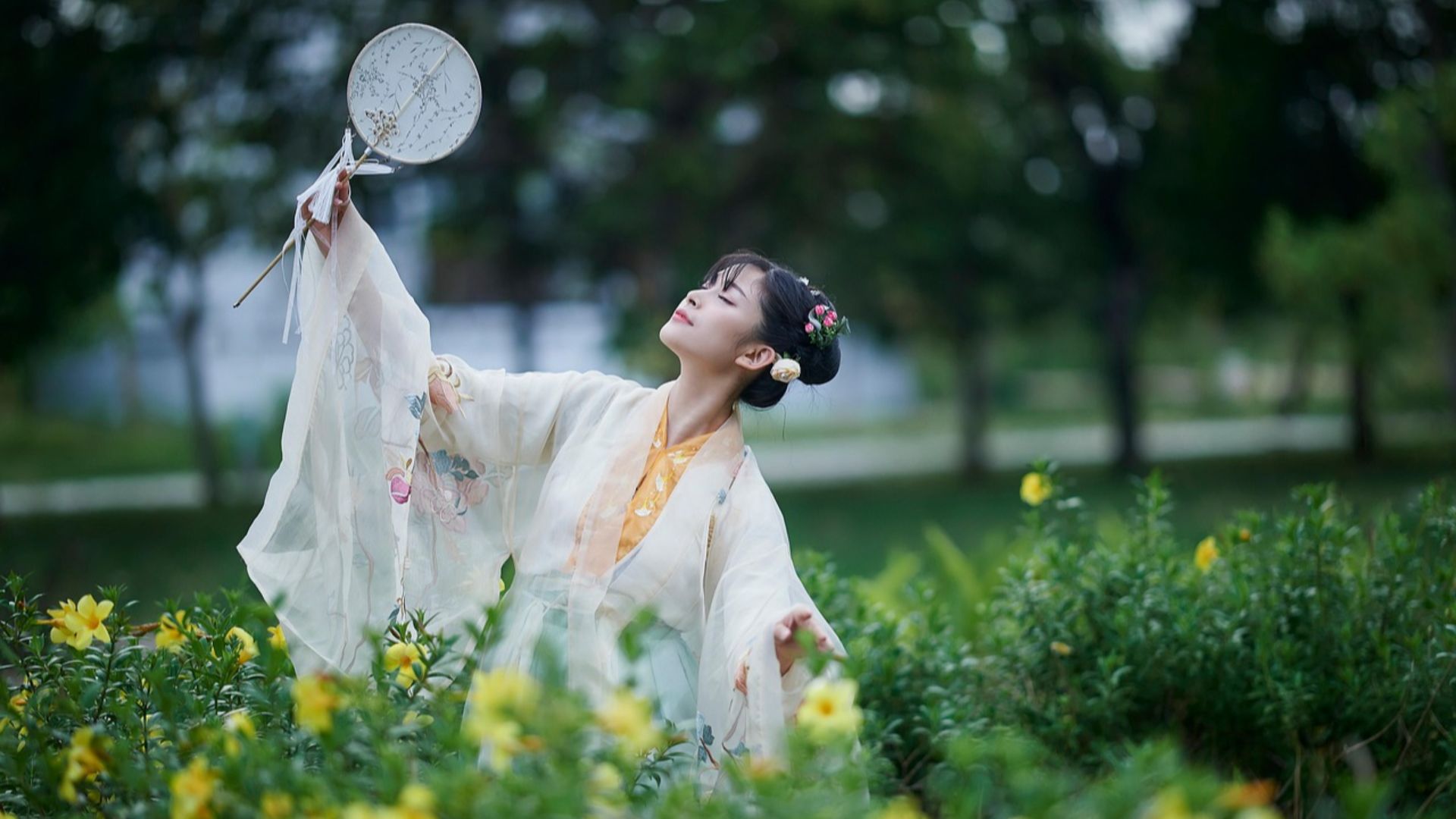Elegance Never Goes Out Of Style
Wedding dress styles are a consistent through line on the economic stability, pop culture, and ideas of modesty in every decade. The white wedding dress seen in most of Western culture today was actually influenced by Queen Victoria in 1840, who popularized the style due to the high amount of reporting done around the wedding. All this to say, the wedding dress is a reflection of the culture, era, and personal style you choose to show to the world.
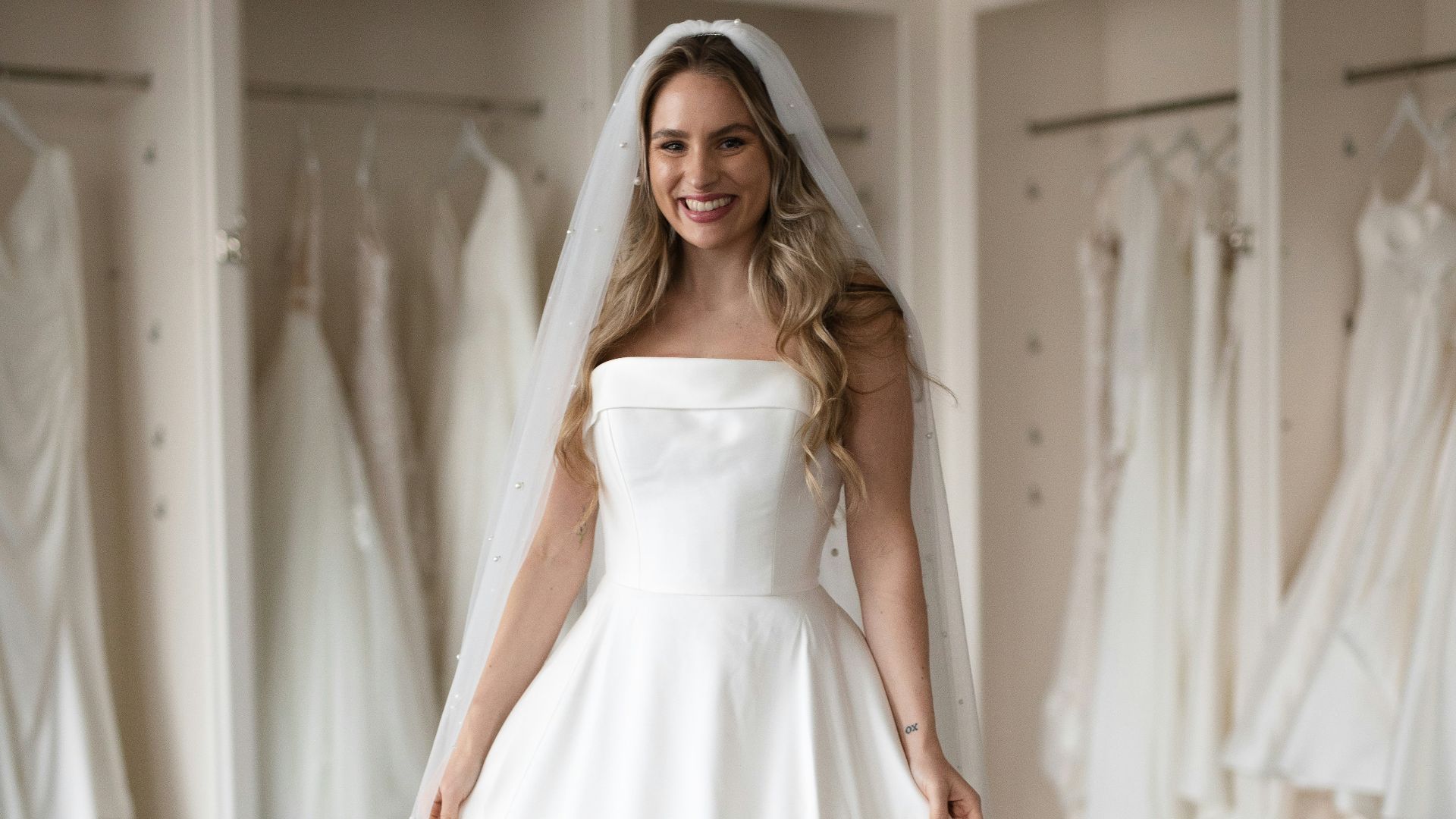 Jarvis Couture Bridal & Prom Tyler TX on Unsplash
Jarvis Couture Bridal & Prom Tyler TX on Unsplash
1. A-Line
This popular silhouette is a traditional bridal style that has been popular through nearly every decade. It’s flattering to nearly everybody, and can be a great foundation to then play with necklines, arm lengths, and hemlines. We can thank Christian Dior for popularizing this style back in 1955.
2. Empire Waist
The Empire waist was popularized during the Regency Era thanks to Empress Joséphine, but it existed as far back as the 1790s. This particular style mimics the draping, flowing garments commonly depicted on the ancient Greeks and Romans.
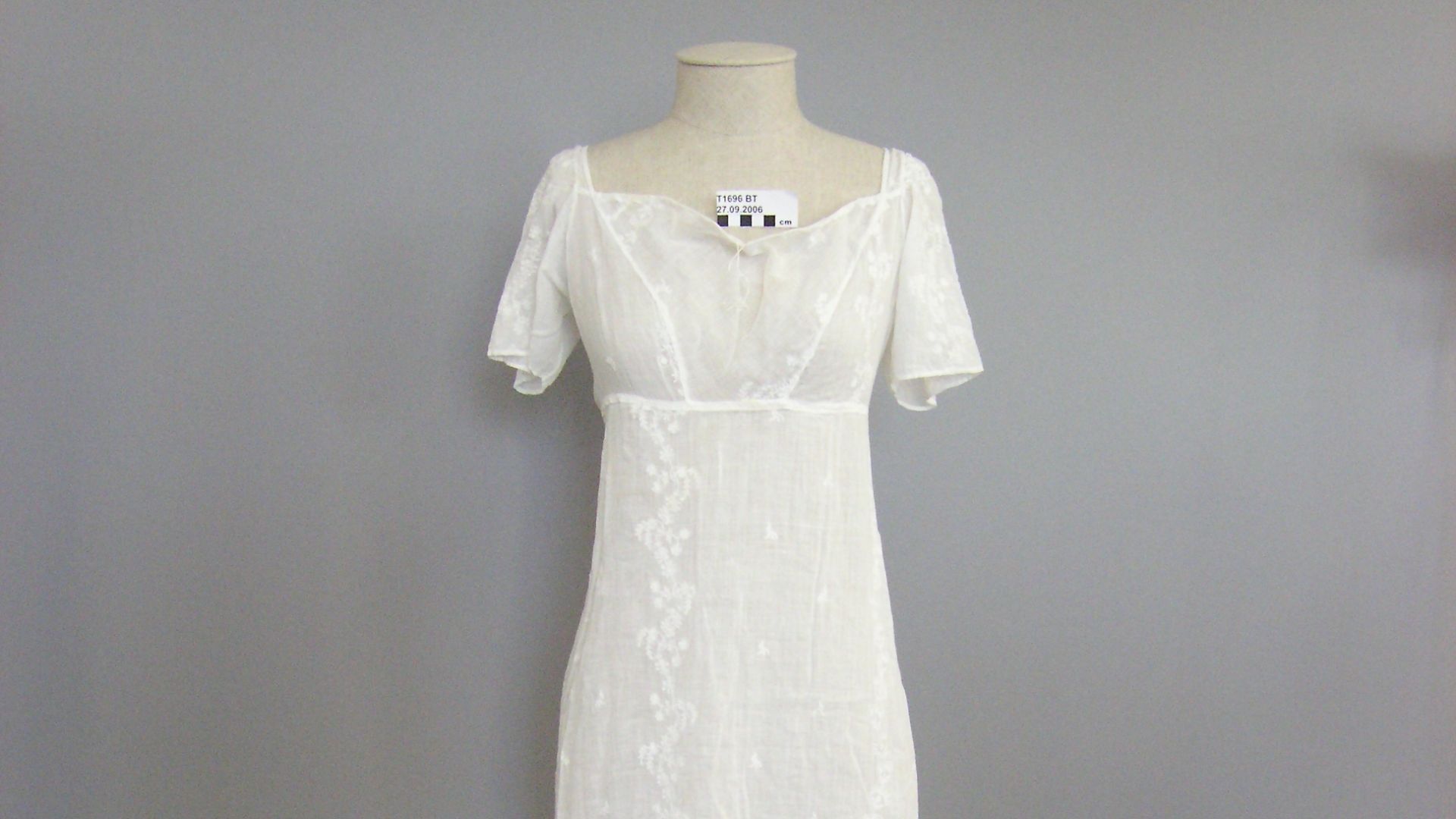 Unknown authorUnknown author on Wikimedia
Unknown authorUnknown author on Wikimedia
3. Column
The precursor to the bodycon silhouette was a response to the ballgown style of the 1950s. Brides liked this silhouette for its more shapely style, clean lines, and represented a general move towards more minimalist and sophisticated styles.
4. Mermaid
This popular silhouette was introduced by French designer Marcel Rochas in the 1930s as a haute couture collection. The style really took off in the 1950s, after celebrities like Marilyn Monroe started wearing them. This look is still a popular choice today, as its hourglass shape and dramatic flare have interested women for decades.
5. Tea Length
The tea-length wedding dress, unsurprisingly, comes from a style of dress typically associated with attending afternoon tea. It first showed up in the 1920s as a part of the flapper movement and Art Deco style, but was feminized when the style saw a resurgence in the 1950s.
6. Ball Gown
Known for its voluminous skirt and high-waisted bodice, this princess-style wedding dress was popularized in the 1950s thanks to Jackie Kennedy. Of course, this style of dress has existed for centuries in the palaces of the upper class, but it really became a trend during this period.
7. Strapless
Strapless wedding dresses weren’t really popular until the 90s and early 2000s, despite the neckline existing in evening wear all the way back in the 1930s. Vera Wang played a huge part in popularizing this style, and it’s been a common wedding dress choice for brides everywhere.
8. Drop-Waist
This style of dress is associated with the 1920s as a part of the flapper style. The waistline was a symbol of women’s liberation, and provided a less form-fitting, still elegant dress style. The drop-waist has remained popular even 100 years later, as modern styles were shown at the 2025 New York Bridal Fashion Week.
9. Bias Cut
This style of wedding dress found its way into pop culture in the early 1930s. Created by French designer Madeleine Vionnet in the late 1920s, this style of dress offered a more free-flowing structure that was still flattering against the body.
10. Boat Necklines
Reminiscent of 1930s French sailors' uniforms, this neckline became a popular wedding dress option in the 1960s. This is largely thanks to stars like Audrey Hepburn, who wore this style in several films, but also represented a shift from the puffs and frills of the 1950s.
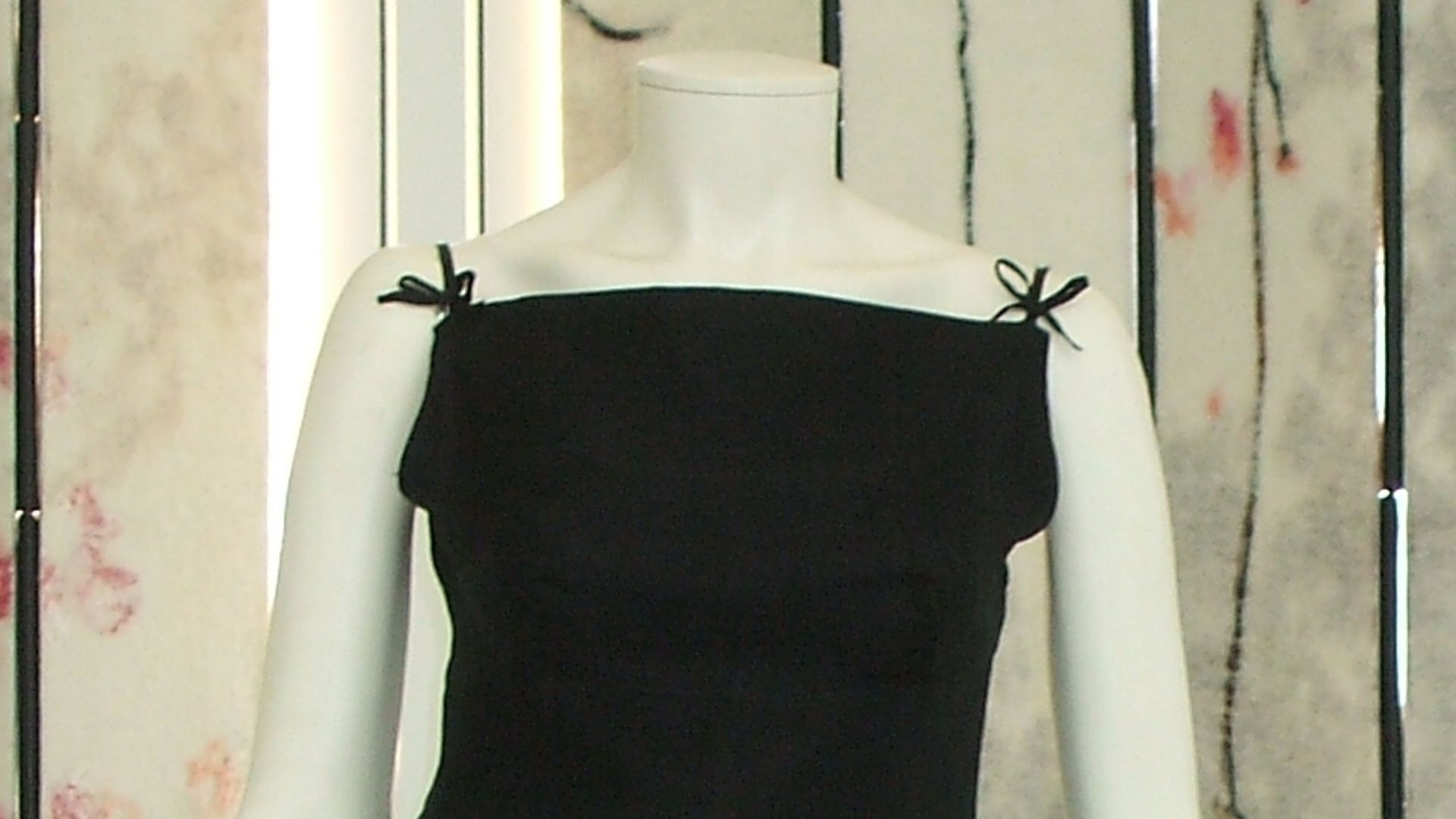 M.N.A. van den Bogaart on Wikimedia
M.N.A. van den Bogaart on Wikimedia
11. Bohemian Style
Thanks to the “free spirit” ideologies that graced the 1970s, flower child and bohemian style dresses became incredibly popular. The style usually incorporated floaty fabrics, empire waists, high or square necklines, and occasionally a floral headpiece or wide-brimmed hat.
12. Puffed Sleeves
Puffed sleeves were especially popular in the 1980s after Lady Diana’s 1981 wedding, but the style dates back to the Victorian era. Puffed sleeves represented a social interest in romanticism and femininity, and certain styles are still popular today.
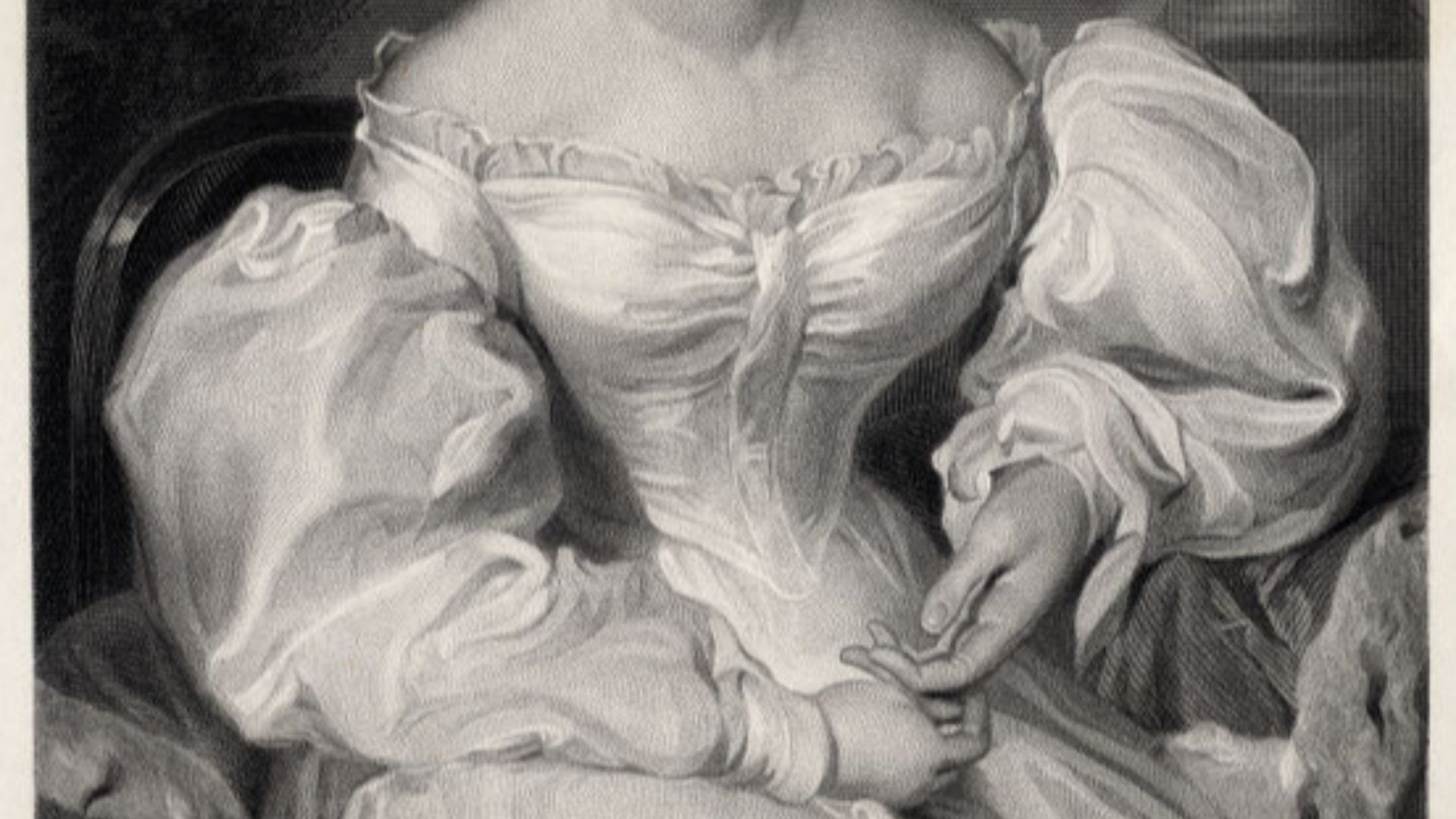 Chappel, A; Lawrence, T on Wikimedia
Chappel, A; Lawrence, T on Wikimedia
13. Trumpet
A trumpet silhouette is similar to a mermaid silhouette, except that the flaring begins around the mid-thigh instead of the knees. They’ve only become a popular wedding dress option in the last 20 years or so, but the style has existed for decades.
14. Sweetheart Neckline
This style of neckline first appeared in the 1940s and quickly became associated with elegance and glamour. While commonly used with strapless dresses, the neckline remains a popular style choice for wedding dresses and other formal wear today.
15. Cathedral Trains
Used since the medieval era as a representation of wealth and social status, this train style also became a popular 80s staple again due to Lady Diana. As the 80s were a time of economic expansion and wealth, it’s no surprise that these long trains were added to the giant sleeves and bustling skirts that dominated popular wedding culture.
16. Bat-Wing Sleeves
This style has its origins in the Middle Ages under the name “dolman sleeves,” but became popular in Western fashion in the 1910s. They had a resurgence in popularity during the 1940s thanks to the Japanese kimono, and resurfaced again in the 1970s as a part of the free-flowing style. The bat-wing sleeve is still a popular choice today for brides aiming for a witchy or boho aesthetic.
17. Tuxedo Dresses
Tuxedo dresses first became popular in 1966 due to Yves Saint Laurent’s “Le Smoking” collection. It became a staple in women’s fashion, shifting from a rebellious act to a respectable garment that women were allowed to wear. The structured shoulders and bodice make for a gorgeous bridal one-piece, but you can also just wear a tux if that suits your personal style.
18. Sheath
Similar to a bias cut, a sheath silhouette is slim, form-fitting, and skims the body’s natural curves. It first appeared in Christian Dior’s 1950 “Vertical Line” collection, and has been popular with minimalist brides ever since.
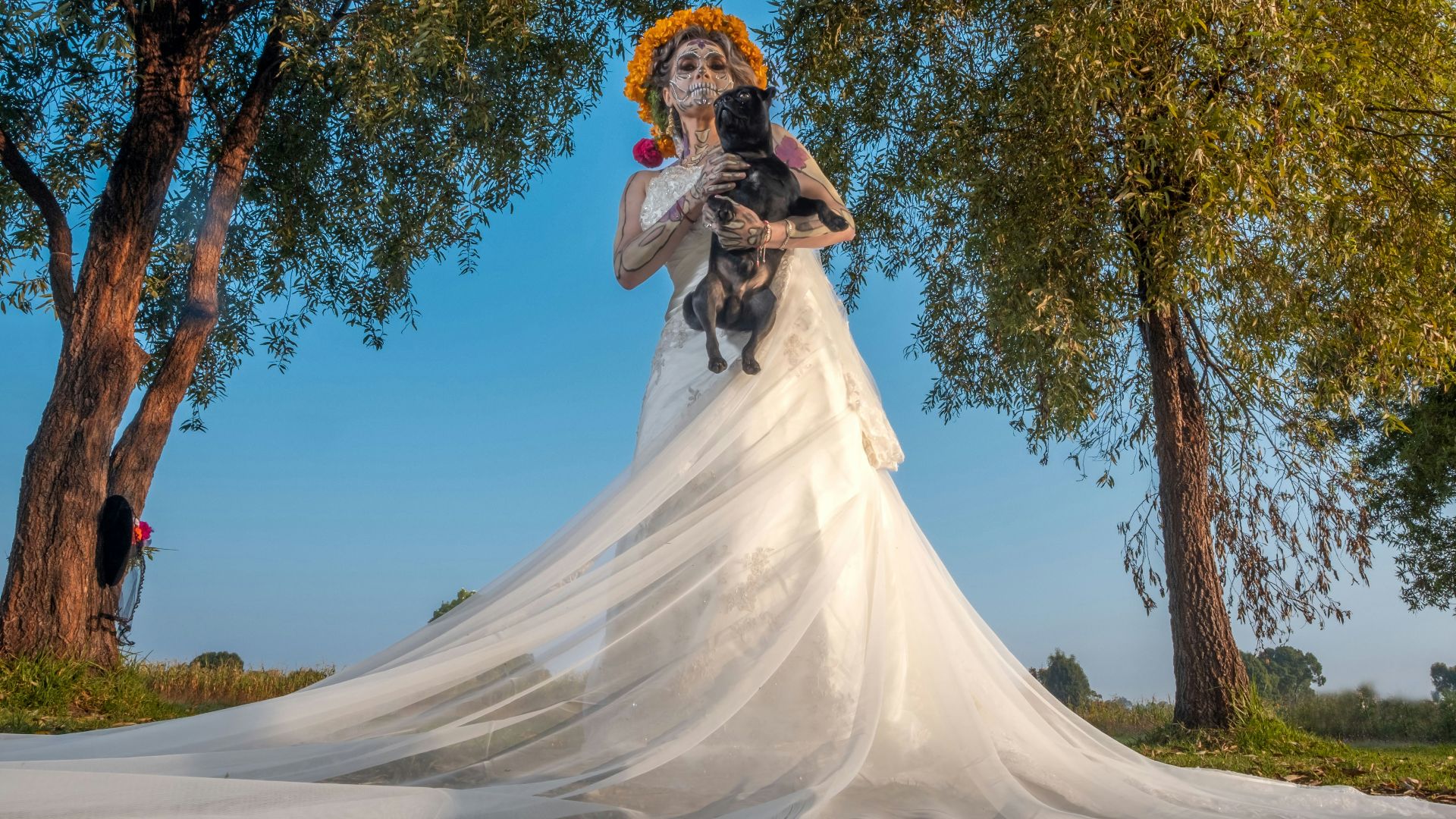 José Antonio Pulido Serrano on Unsplash
José Antonio Pulido Serrano on Unsplash
19. Bodycon
Bodycon silhouettes first appeared in the 80s and 90s as a daring fashion style, first mentioned as a “body-conscious” aesthetic. Today, this dress style is widely available in just about any clothing shop, and has been a popular wedding dress style over the past 20 years.
20. Halter Necks
Halter necks have ancient origins, as they were commonly worn among Greek and Roman civilizations. However, Madeleine Vionnet adapted this style for gowns in the 1930s, growing in popularity for 1940s swimwear. The halter became a fashion staple in the 60s and 70s, and became quite popular for wedding dresses in the late 90s and early 2000s.


